Kenya Wildlife Safari Holidays (Compare 40 Tours) – Deks Tours 2024
Kenya Wildlife Safari Holidays (Compare 40 Tours) – Deks Tours 2024. A wildlife safari in Kenya is a truly unforgettable experience, offering the opportunity to witness some of Africa’s most iconic and diverse wildlife in their natural habitats. Kenya is renowned for its vast landscapes, national parks, and game reserves, making it a popular destination for safari enthusiasts.
Ensure you check the latest travel advisories and obtain any necessary vaccinations or permits before embarking on your safari adventure in Kenya. Enjoy your safari!
Which Is The Most Famous Wildlife Safari Park In Kenya?
The Maasai Mara National Reserve is arguably the most famous wildlife safari park in Kenya. It is internationally renowned for its spectacular wildlife and is part of the larger Mara-Serengeti ecosystem, which spans Kenya and Tanzania.
Due to its incredible biodiversity and the annual Great Migration, the Maasai Mara attracts visitors from around the world who seek an unparalleled safari experience. Many safari operators offer guided tours to the Maasai Mara, providing visitors with the opportunity to witness the wonders of African wildlife in their natural habitat.
One of the most remarkable natural events on Earth, the Great Migration involves millions of wildebeest, zebras, and other herbivores crossing the Mara River in search of fresh grazing grounds. This awe-inspiring phenomenon usually occurs between July and October.
The Maasai Mara is home to a wide variety of wildlife, including the “Big Five” (lion, elephant, buffalo, leopard, and rhinoceros), cheetahs, giraffes, hippos, crocodiles, and numerous bird species.
Why Are Kenya Wildlife Safaris So Expensive?
Kenya wildlife safaris can be relatively expensive due to a combination of factors that contribute to the overall cost of providing a quality safari experience. While the cost of a safari in Kenya can vary, it’s important to consider the factors that contribute to the overall experience, including the quality of accommodations, the expertise of guides, and the commitment to conservation and sustainability. It’s advisable to thoroughly research and compare safari packages to find one that aligns with your preferences and budget.
National parks and reserves in Kenya charge entrance and conservation fees to help fund conservation efforts and protect the wildlife and ecosystems. These fees can contribute significantly to the overall cost of a safari.
Kenya places a strong emphasis on wildlife conservation and protection. The costs associated with anti-poaching efforts, community-based conservation programs, and maintaining the ecological balance contribute to the overall expenses of running a safari operation.
Some safari experiences in Kenya are designed to be exclusive, offering luxurious accommodations in private reserves or conservancies. These high-end facilities, often in remote or pristine locations, come with a higher price tag.
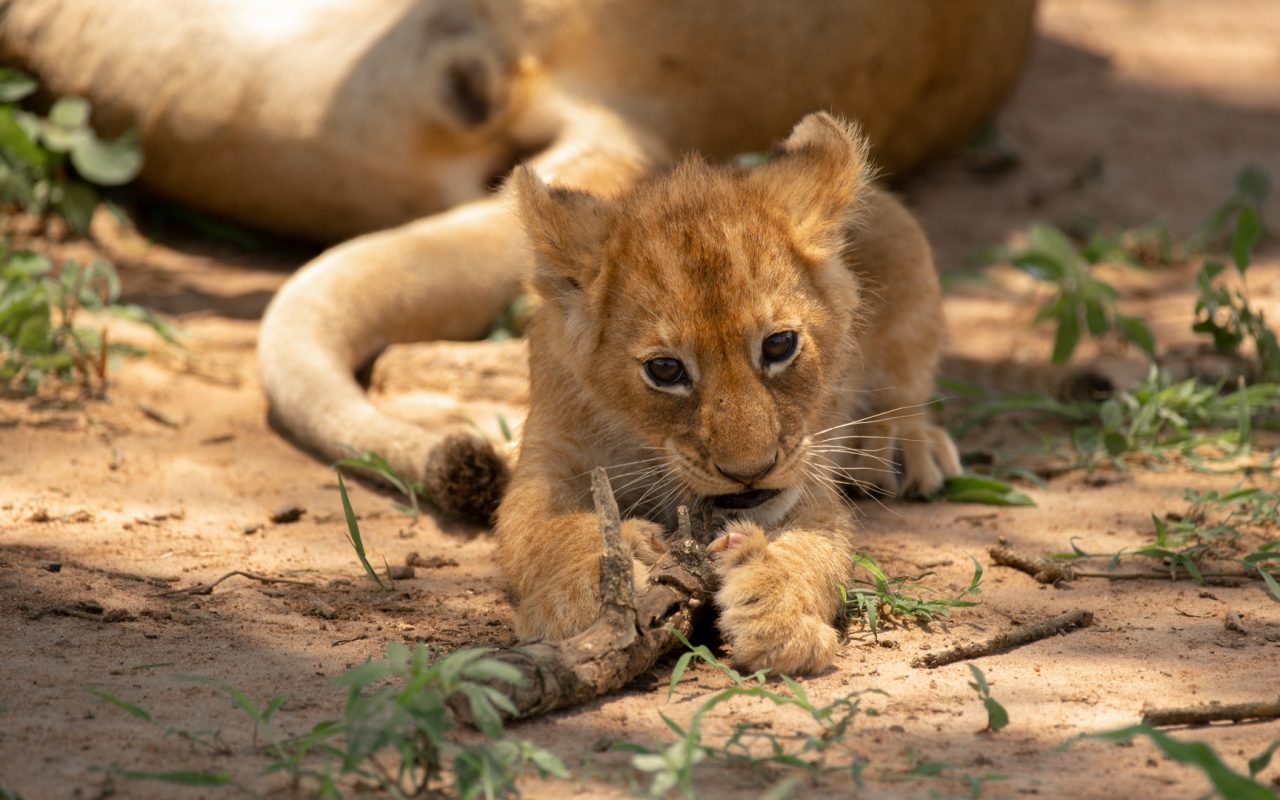
Wildlife Safaris to East Africa
How Much Should I Budget For Wildlife Safari In Kenya?
The cost of a wildlife safari in Kenya can vary widely depending on several factors, including the duration of the safari, the type of accommodations, the time of year, and whether you choose a group or private safari.
It’s crucial to research different safari operators, read reviews, and understand what is included in the package to make an informed decision. Additionally, booking well in advance and being flexible with your travel dates can sometimes help you secure better rates. Remember that while budgeting, it’s essential to prioritize the quality of your safari experience and support operators that prioritize conservation and sustainable practices.
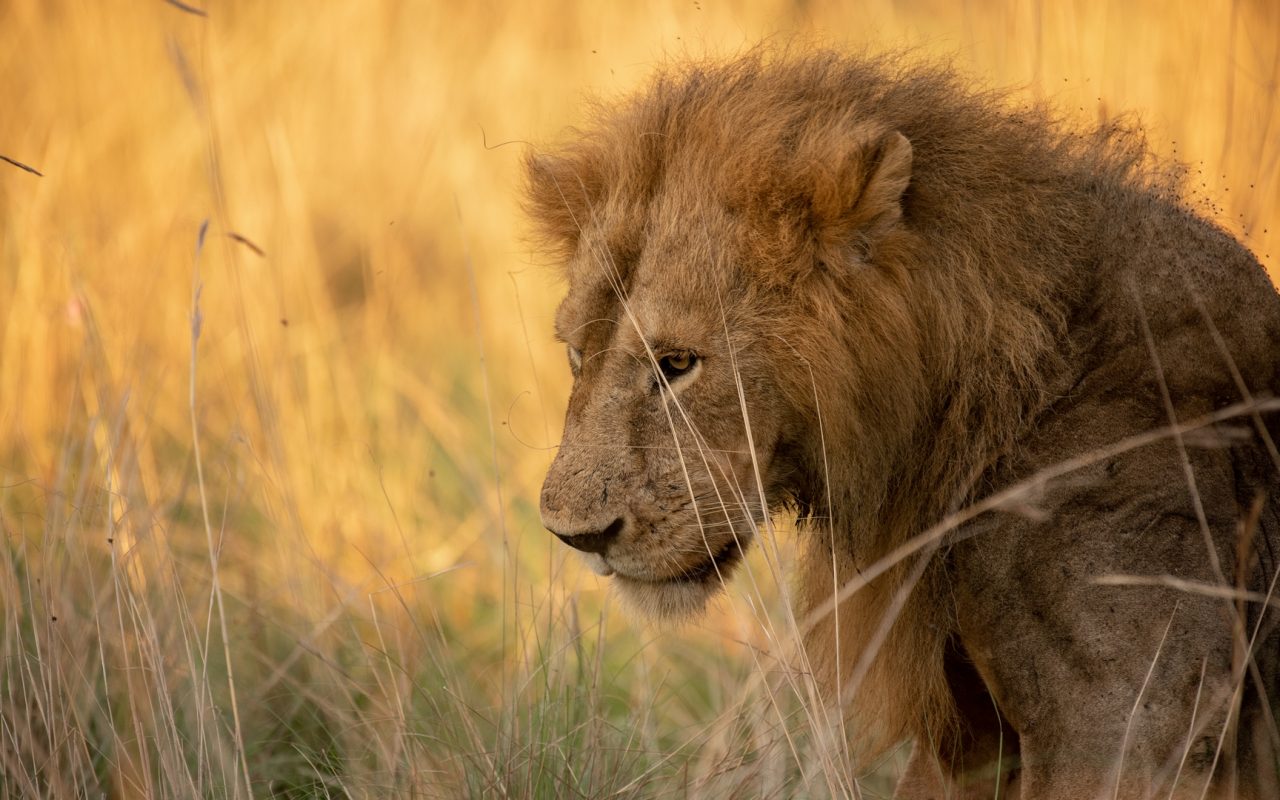
Africa Adventure Holidays
General Breakdown to Help You Estimate a Budget
Budget Safari: For budget safaris with basic accommodations and larger group sizes, you might be looking at a starting cost of around $500 to $1,000 per person for a shorter safari. Keep in mind that prices can vary, and it’s essential to research the quality of accommodations and services included.
Mid-Range Safari: Mid-range safaris with more comfortable accommodations and potentially smaller group sizes could range from $1,000 to $3,000 per person, depending on the duration and features of the safari.
Luxury Safari: Luxury safaris with high-end accommodations, exclusive experiences, and personalized services can start from $3,000 per person and go up significantly from there. Some luxury safaris can cost several thousand dollars per night.
Private Safari: Private safaris, which offer a more personalized experience with a dedicated guide and vehicle, can start from $1,500 to $3,000 or more per person. Prices will depend on the level of luxury and customization.
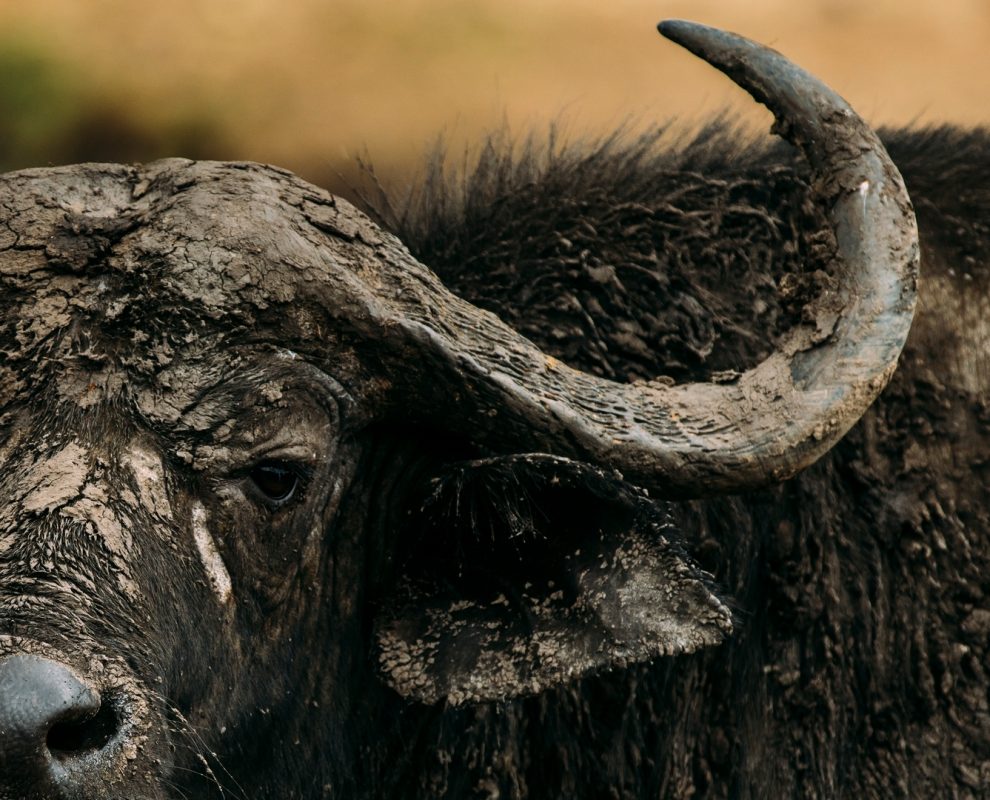
Ultimate Uganda Kenya Wildlife Safari
Is Kenya Wildlife Safari Worth It?
A wildlife safari in Kenya is often considered a once-in-a-lifetime experience and is undoubtedly worth it for many travelers. While Kenya wildlife safaris can be an investment in terms of cost, the unique experiences, the opportunity to connect with nature, and the cultural richness of the region make them a worthwhile and unforgettable journey for many travelers. It’s important to plan and choose a safari that aligns with your interests and preferences to maximize the enjoyment of your experience.
Kenya boasts an incredible diversity of wildlife, including the “Big Five” (lion, elephant, buffalo, leopard, and rhinoceros) and numerous other species. The country’s national parks and reserves are home to a wide range of animals, providing ample opportunities for wildlife enthusiasts and photographers.
The annual Great Migration, where millions of wildebeest and other herbivores migrate between the Serengeti in Tanzania and the Masai Mara in Kenya, is a natural spectacle that draws visitors from around the world. Witnessing this migration is a highlight for many safari-goers.
Kenya’s landscapes are breathtaking, featuring open savannahs, rolling grasslands, acacia trees, and stunning views. The scenery provides a picturesque backdrop for wildlife viewing and photography.
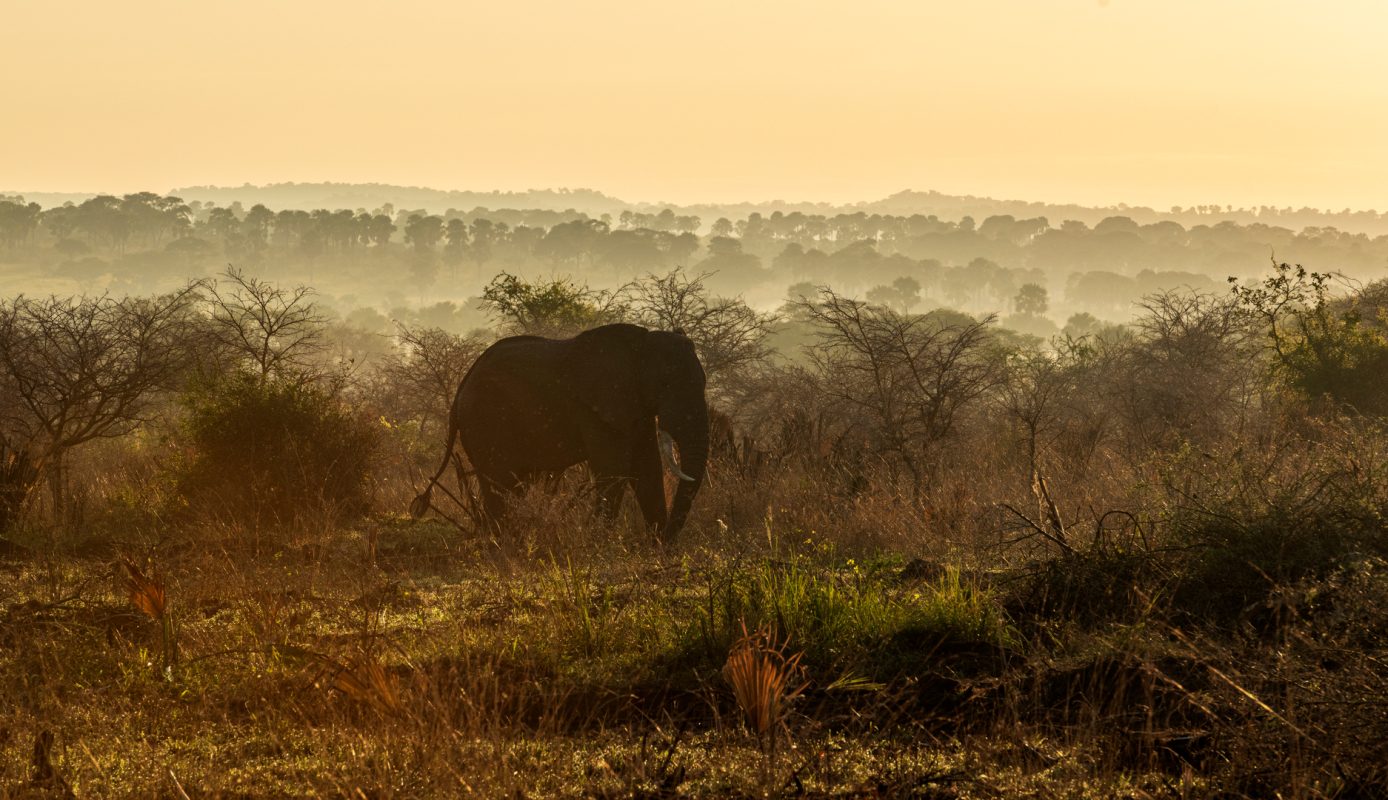
Wildlife Safaris Tour in Africa
How Do I Choose A Wildlife Safari In Kenya?
Choosing a wildlife safari in Kenya involves careful consideration of various factors to ensure that the experience aligns with your preferences, interests, and budget. By taking these steps, you can tailor your wildlife safari in Kenya to meet your expectations and ensure a memorable and enjoyable experience.
Key Steps to Help You Make an Informed Decision
- Define Your Priorities
- Research the Parks and Reserves
- Determine the Duration
- Budget Considerations
- Accommodation Preferences
- Group vs. Private Safari
- Seasonal Considerations
- Read Reviews and Recommendations
- Conservation and Sustainability
- Ask Questions
- Check for Special Offers
- Flexibility and Adaptability
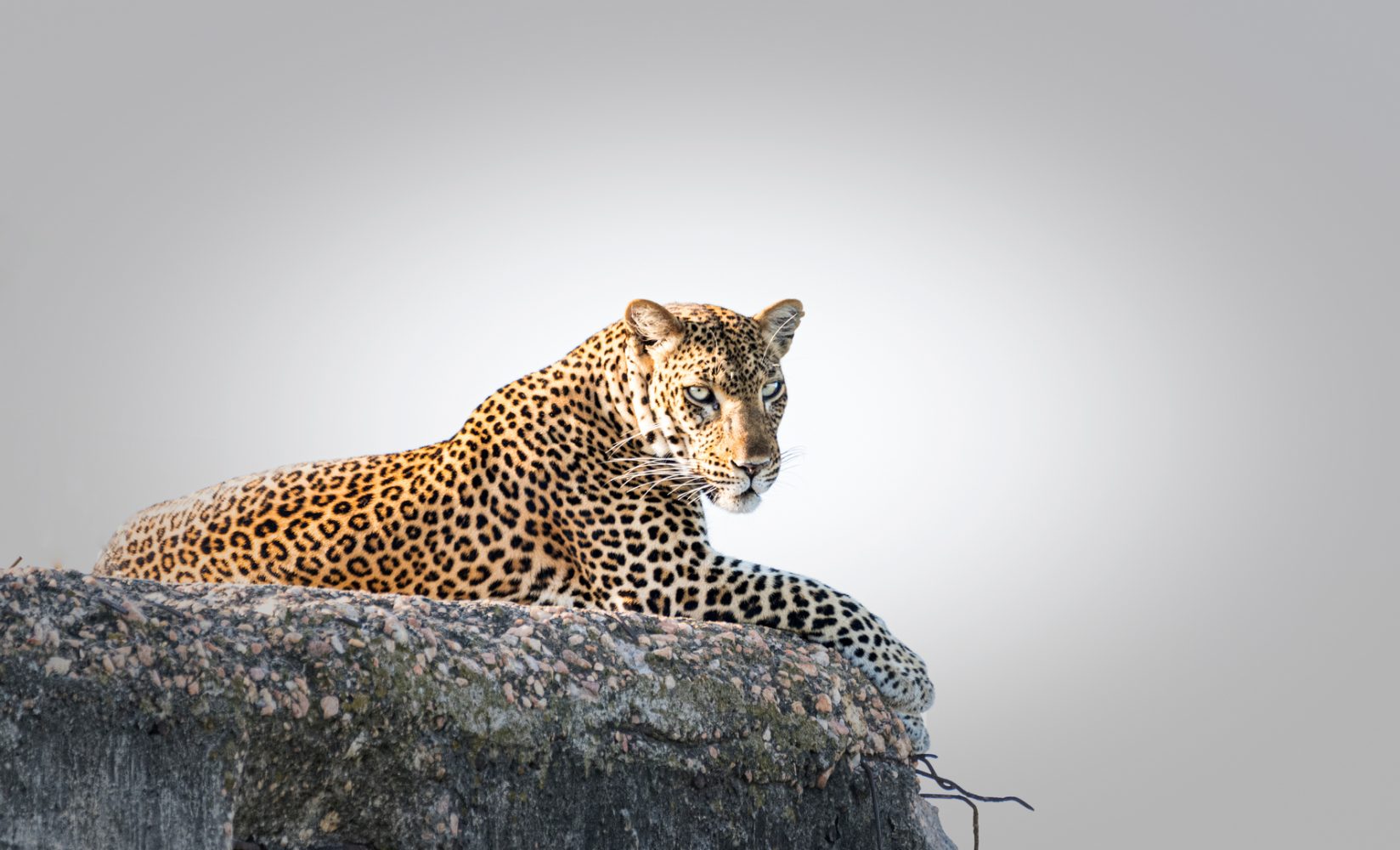
Africa Wildlife Tours
How Many Days Is Enough For A Kenya Wildlife Safari?
The ideal duration for a Kenya wildlife safari depends on various factors, including your interests, the specific parks or reserves you want to visit, and the type of wildlife experiences you’re seeking.
Ultimately, the “right” duration for a Kenya wildlife safari is a subjective decision based on your preferences and constraints. It’s important to strike a balance between the time available, the specific experiences you want, and your budget. Whether you choose a short, standard, or extended safari, Kenya offers diverse options to suit a range of preferences.
General Guidelines to Help You Decide On the Duration of Your Kenya Wildlife Safari
- Short Safari (2-4 Days): A short safari of 2 to 4 days is suitable for those with limited time. This type of safari is often focused on one or two specific parks or reserves, providing a glimpse of Kenya’s wildlife without an extensive exploration. It’s a good option for a quick getaway or as part of a larger itinerary.
- Standard Safari (5-7 Days): A standard safari of 5 to 7 days allows for a more comprehensive wildlife experience. This duration provides the opportunity to explore multiple parks or reserves, increasing the chances of encountering a diverse range of wildlife. It’s suitable for travelers who want a well-rounded safari experience without an extended time commitment.
- Extended Safari (8 Days and beyond): An extended safari of 8 days or more is ideal for those seeking a more in-depth and immersive wildlife experience. With this duration, you can explore several parks, participate in additional activities, and enjoy a more relaxed pace. Extended safaris are well-suited for avid wildlife enthusiasts, photographers, or those looking for a more leisurely exploration.
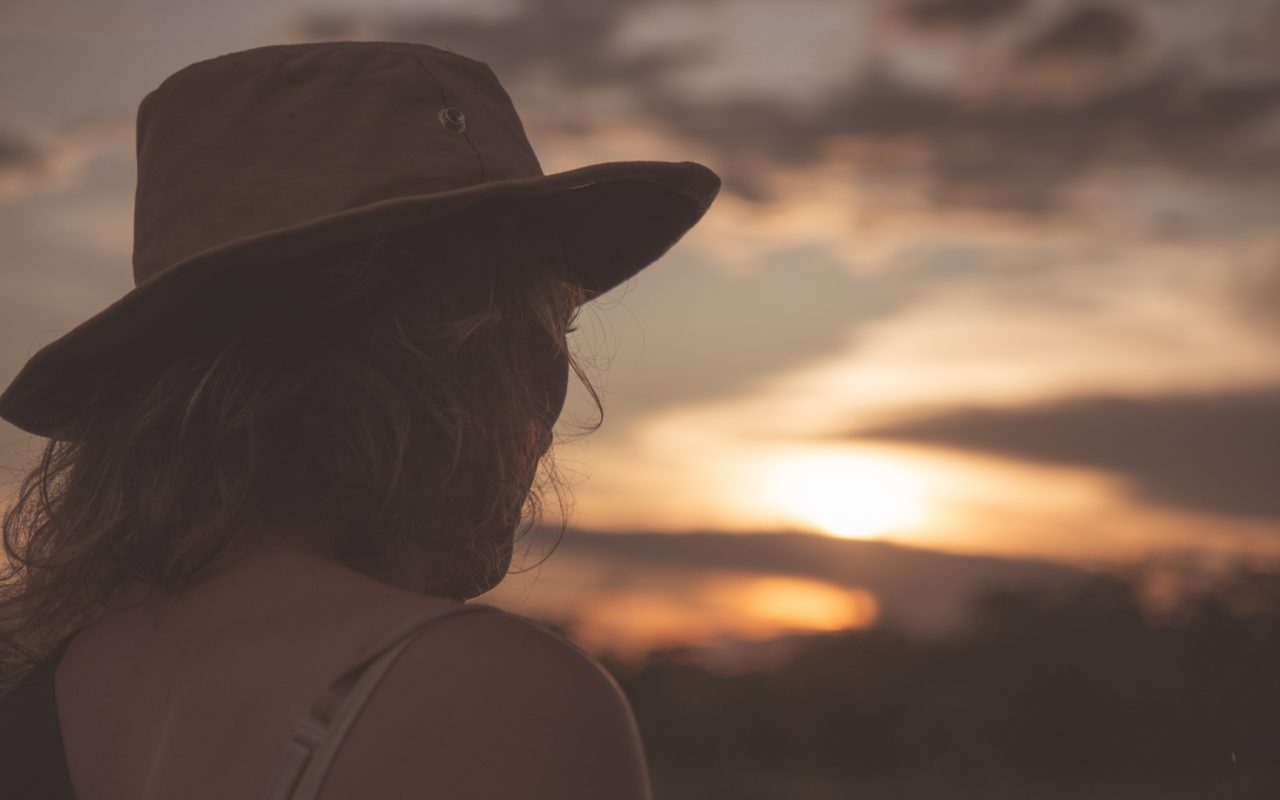
11 Days East Africa Safari
What are the Big 5 in Kenya wildlife safari?
The “Big Five” is a term originally coined by big-game hunters to refer to the five most challenging animals to hunt on foot in Africa. Today, it has become synonymous with wildlife conservation and is used to highlight the importance of protecting these iconic species.
Spotting the Big Five on a safari is a thrilling experience, and many national parks and reserves in Kenya, such as the Masai Mara, Amboseli, and Tsavo, offer excellent opportunities to see these iconic animals in their natural habitats. Conservation efforts are ongoing to protect these species and ensure their survival for future generations.
The Big Five in Kenya, as in Many Other African
- Lion (Panthera leo)
- African Elephant (Loxodonta africana)
- Cape Buffalo (Syncerus caffer)
- Leopard (Panthera pardus)
- Rhinoceros (Black Rhinoceros – Diceros bicornis; White Rhinoceros – Ceratotherium simum)
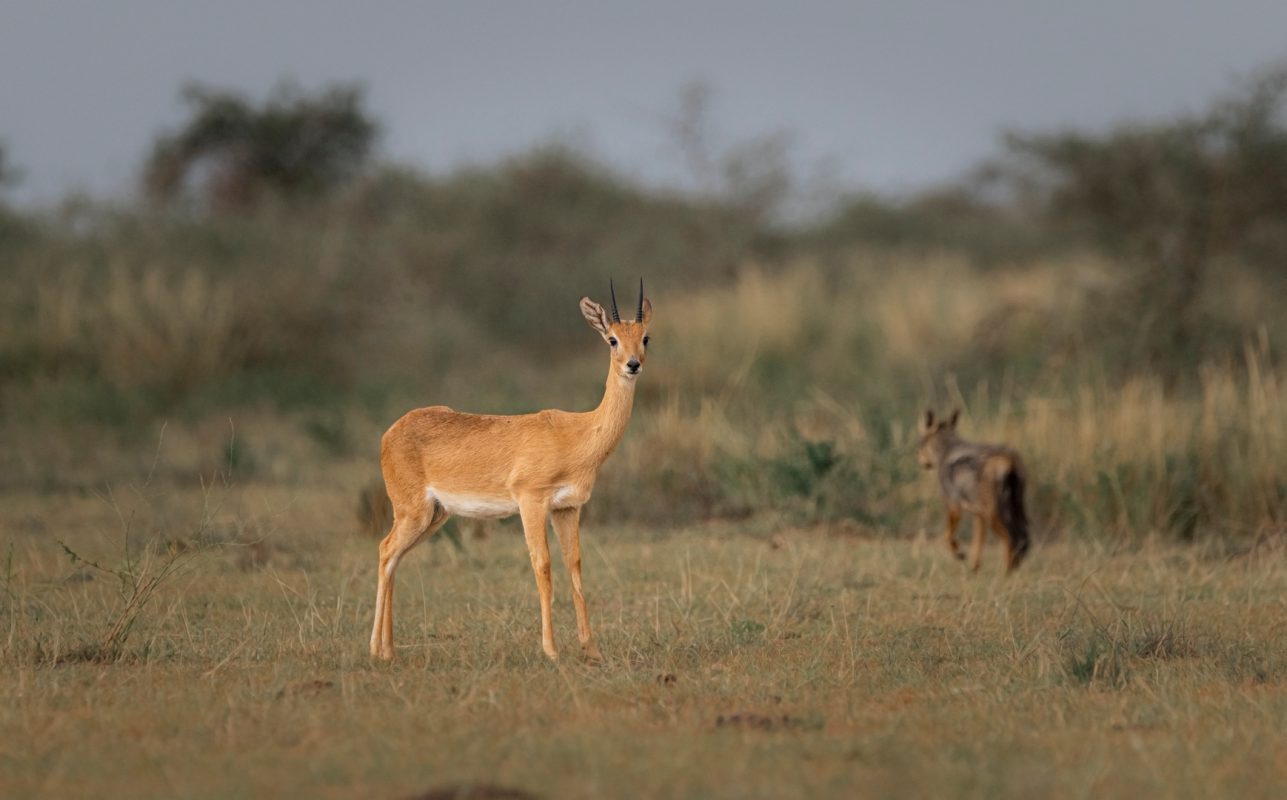
6 Days Uganda Adventure Tour
How Safe Is A Kenyan Wildlife Safari?
Kenyan wildlife safaris are generally safe for tourists, but it’s essential to be aware of certain factors to ensure a safe and enjoyable experience. While wildlife safaris in Kenya are generally safe, nature can be unpredictable. Being informed, prepared, and respectful of the environment and local customs enhances the safety of your safari experience. Always stay alert and follow the guidance provided by your safari guide and the local authorities.
Listen to your guide and adhere to wildlife viewing guidelines. Keep a safe distance from animals and avoid any actions that may disturb them. Following these guidelines minimizes the risk of dangerous encounters.
Safari vehicles are designed for optimal wildlife viewing and safety. Always remain inside the vehicle, especially in areas where dangerous animals roam. Venturing out on foot is generally not permitted in wildlife-rich areas for safety reasons.
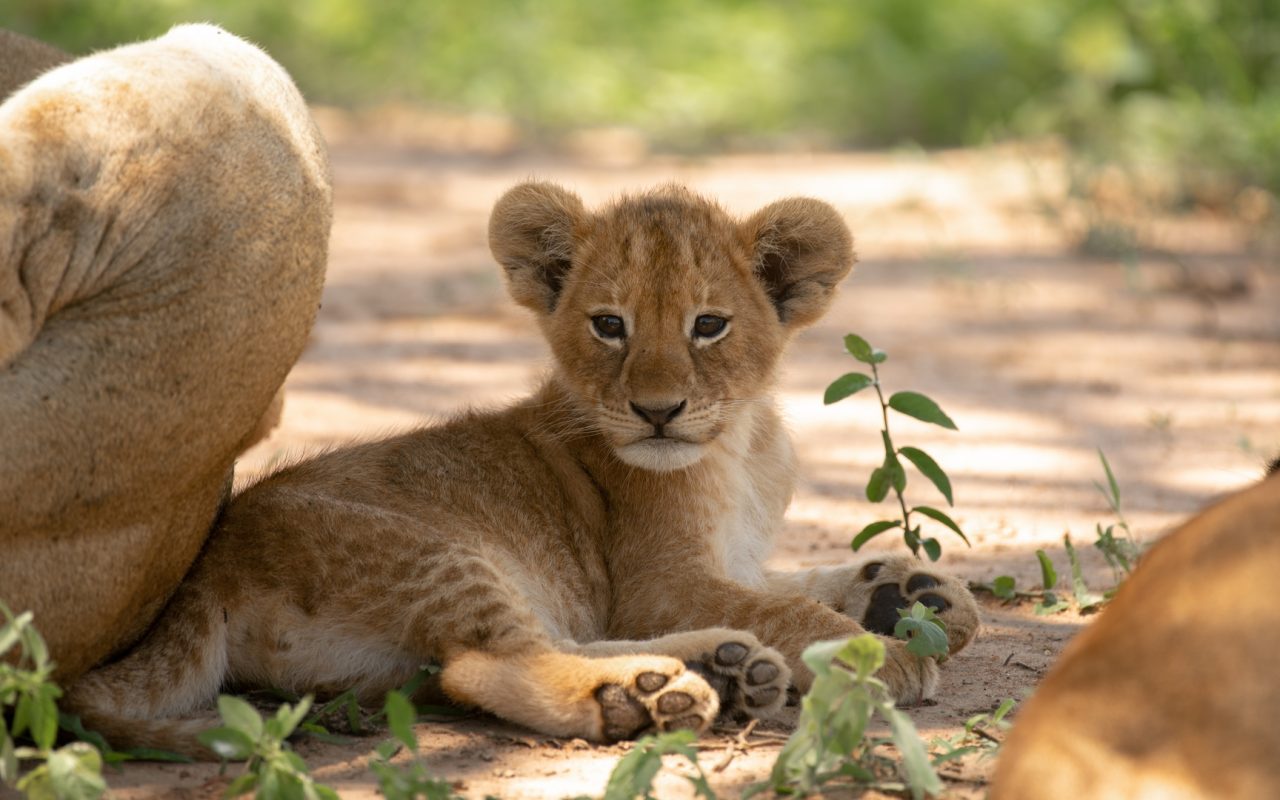
Africa Wildlife Safaris Tour
Where Is Best For Wildlife Safari Kenya Or Tanzania?
Both Kenya and Tanzania are renowned for offering exceptional wildlife safari experiences, and the choice between the two often depends on personal preferences, specific interests, and the kind of experience you are seeking.
Ultimately, both Kenya and Tanzania offer incredible wildlife experiences, and the best choice depends on your specific preferences and the type of safari you envision. Some travelers even opt for a combination safari, visiting both countries to enjoy the unique offerings of each destination.
The Masai Mara in Kenya is part of the larger Serengeti-Mara ecosystem, famous for the annual Great Migration. Millions of wildebeest and other herbivores cross the Mara River between July and October, making this one of the most spectacular wildlife events.
The Serengeti in Tanzania is renowned for its vast plains, abundance of wildlife, and is also a key location for the Great Migration. The southern Serengeti is where the wildebeest calving season occurs.
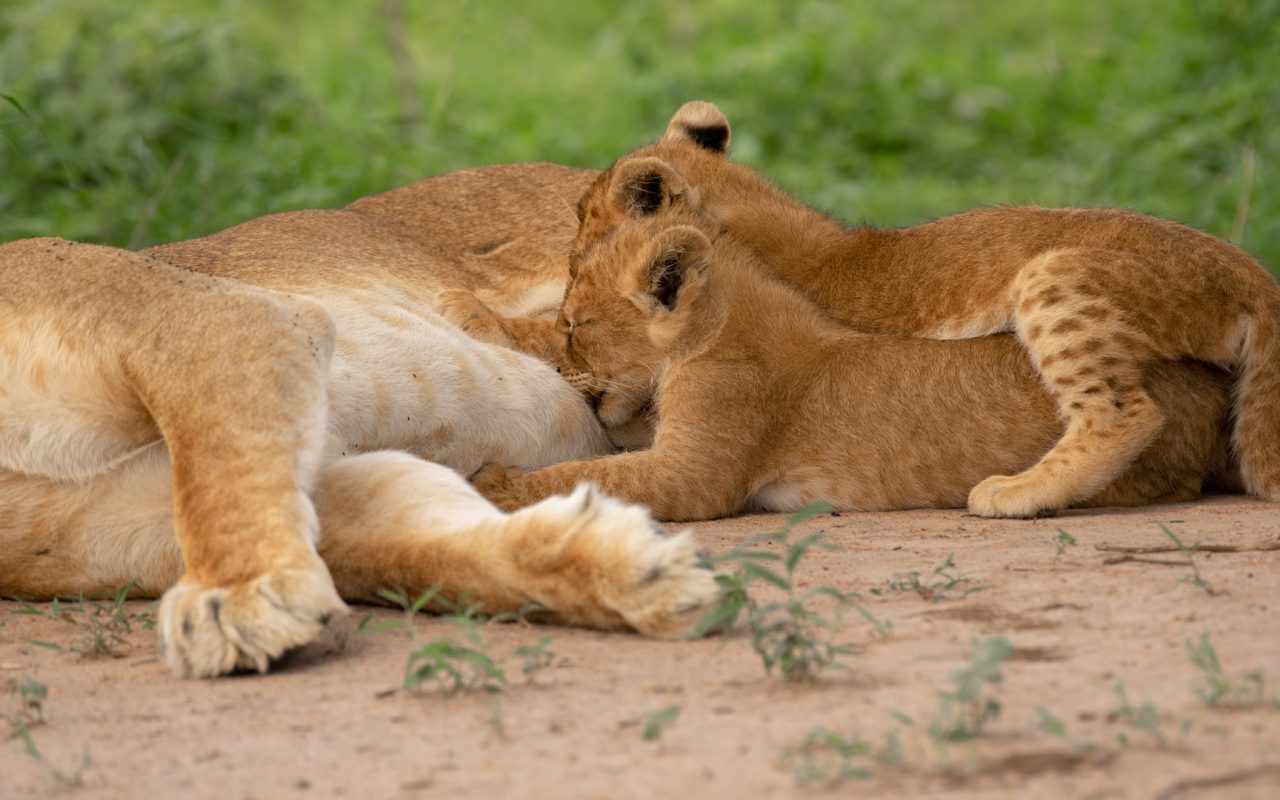
11 Days East Africa Safari
Which Is The Best Jungle Wildlife Safari In Kenya?
Kenya is not typically associated with dense jungles; instead, it is known for its expansive savannahs, grasslands, and diverse ecosystems. However, if you are interested in lush landscapes and vegetation, there are certain areas that offer a more forested environment, even though they may not be classified as traditional jungles.
These areas offer a different setting compared to the open savannahs typically associated with Kenyan safaris. Keep in mind that the term “jungle” is more commonly associated with tropical rainforests found in other regions, such as the Congo Basin or the Amazon. In Kenya, the focus is often on diverse landscapes that include savannahs, forests, and other ecosystems. When planning a wildlife safari in Kenya with a focus on forested environments, consider the specific characteristics of the parks and reserves mentioned above.
Is Kenya Wildlife Safari Worth It?
A Kenya wildlife safari is often considered a highly worthwhile and unforgettable experience for several reasons. While the cost of a safari can be a factor, many travelers find that the unique and awe-inspiring experiences, coupled with the chance to witness wildlife in its natural habitat, make a Kenya wildlife safari a truly worthwhile adventure. It’s important to plan and choose a safari that aligns with your interests and preferences to maximize the enjoyment of your experience.
- Rich Biodiversity
- Great Migration
- Unique Landscapes
- Cultural Experiences
- Hot Air Balloon Safaris
- Conservation Efforts
- Educational Value
- Adventure and Excitement
- Photography Opportunities
- Culinary Experiences
When Should I Go For Wildlife Safari In Kenya?
The best time to go for a wildlife safari in Kenya depends on your specific interests and the type of experiences you are seeking. Kenya experiences distinct seasons, and the timing of your safari can significantly impact the wildlife viewing opportunities.
Remember that different parks and reserves may have varying weather patterns, and the optimal time for a safari can vary depending on the specific region you plan to visit. It’s advisable to check with safari operators or local experts for up-to-date information and to tailor your trip to your specific interests and preferences.
Great Migration in the Masai Mara
If witnessing the Great Migration is a priority, the best time to visit the Masai Mara is during the dry season, from July to October. This is when millions of wildebeest, zebras, and other herbivores cross the Mara River in search of fresh grazing grounds. The exact timing can vary, so it’s advisable to check with local guides for the latest updates.
Dry Season (Late June to October)
The dry season is generally considered the best time for wildlife viewing in many parks. With less vegetation and animals gathering around water sources, it becomes easier to spot wildlife. This season is also when many migratory birds are present.
Shoulder Seasons (November to mid-December and March to May)
The shoulder seasons can be a good compromise, offering a balance between wildlife viewing and fewer crowds. While there may be short rains in November and December and long rains from March to May, this can be a more affordable and less crowded time to visit.
Green Season (November to mid-December)
This period, just before the short rains, is known as the “Green Season.” The landscape is lush and green, and it’s a great time for birdwatching. Some animals give birth during this time, adding to the overall wildlife experience.
Why is the Big 5 so famous?
The term “Big Five” originated from big-game hunting, referring to the five most challenging and prized animals to hunt on foot in Africa. The Big Five include the lion, elephant, buffalo, leopard, and rhinoceros. Over time, this term has evolved and is now more commonly associated with wildlife conservation and ecotourism.
While the term originated in the context of hunting, its modern-day association with conservation and tourism underscores the importance of preserving these species and their habitats for future generations. The Big Five concept has played a crucial role in raising awareness about the need for wildlife protection and sustainable practices in the safari industry.
Several Reasons Contribute To the Fame and Significance of the Big Five
- Hunting History
- Wildlife Conservation
- Tourism Appeal
- Marketing and Branding
- Aesthetic Appeal
- Cultural Significance
- Conservation Challenges
- Photographic Opportunities
Luxury Africa Tours & Holidays – Deks Safaris and Tours Ltd
- 6 Days Uganda Kenya Tour
- 7 Days Rwanda Uganda Tour
- 8 Days Kenya Uganda Luxury Safari
- 8 Days Kenya Uganda Tour
- 9 Days Kenya Uganda Safari
- 10 Days Kenya Uganda Safari
- 10 Days Uganda Kenya Tanzania Safari
- 10 Days Rwanda Kenya Tanzania Safari
- 11 Days Kenya Uganda Rwanda Safari
- 11 Days Kenya Uganda Safari
- 11 Days Uganda Kenya Zanzibar Safari
- 11 Days Rwanda Kenya Safari
- 12 Day Kenya Uganda Rwanda Safari
- 13 Days Uganda Kenya Tanzania Safari
- 14 Days Across Africa Safari
- 14 Days Rwanda Tanzania Safari
- 15 Days Kenya Rwanda Tour
- 16 Days Kenya Uganda Safari

